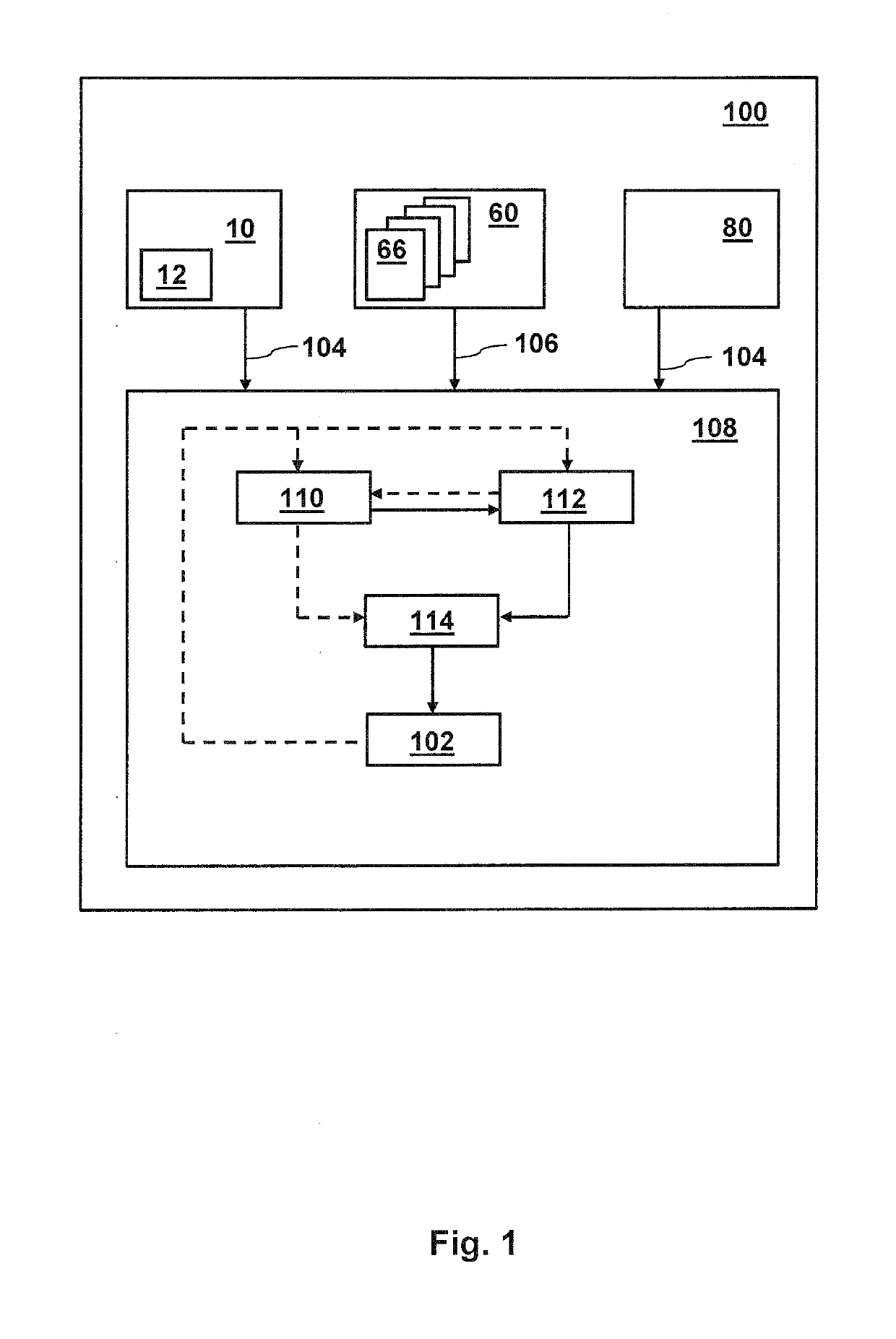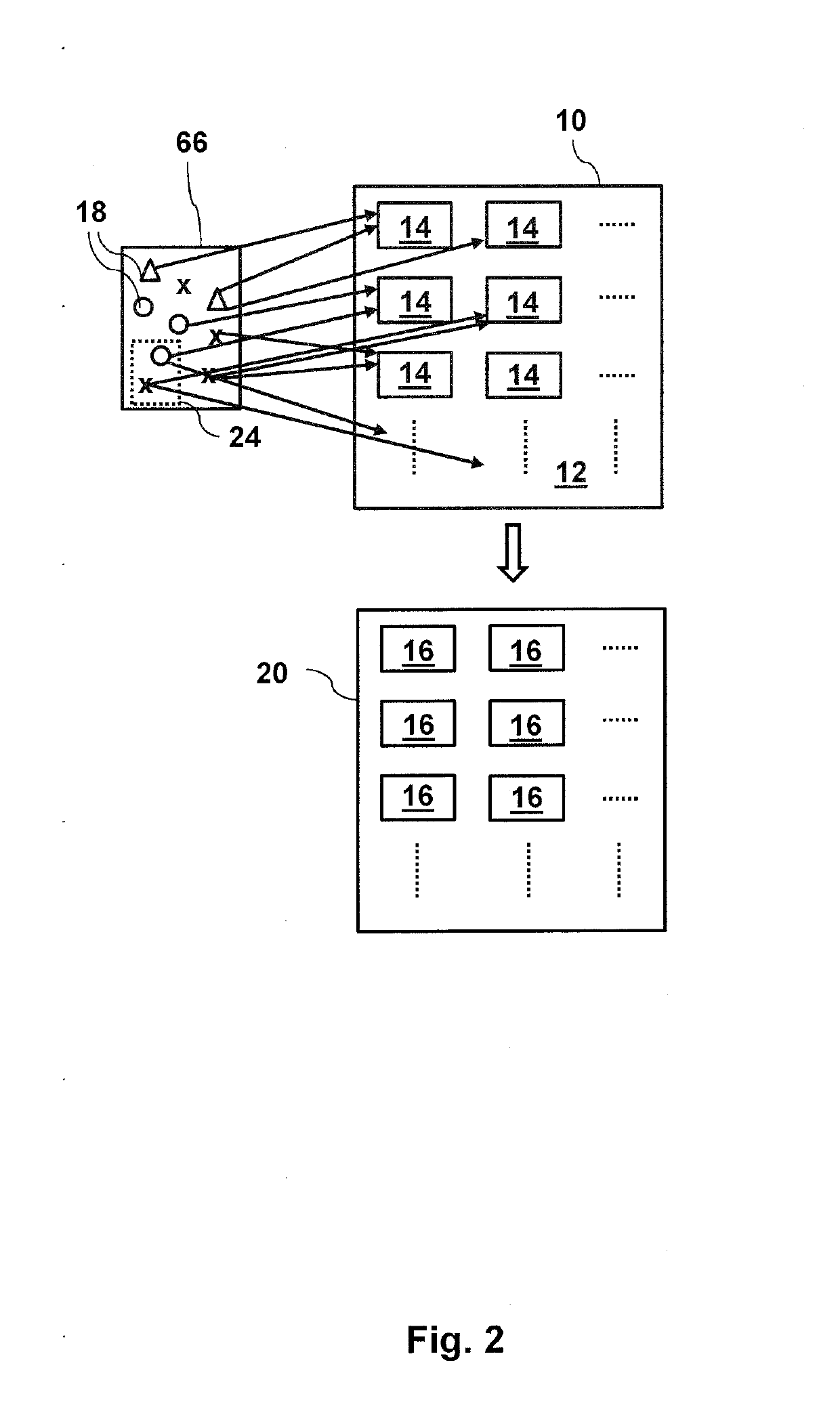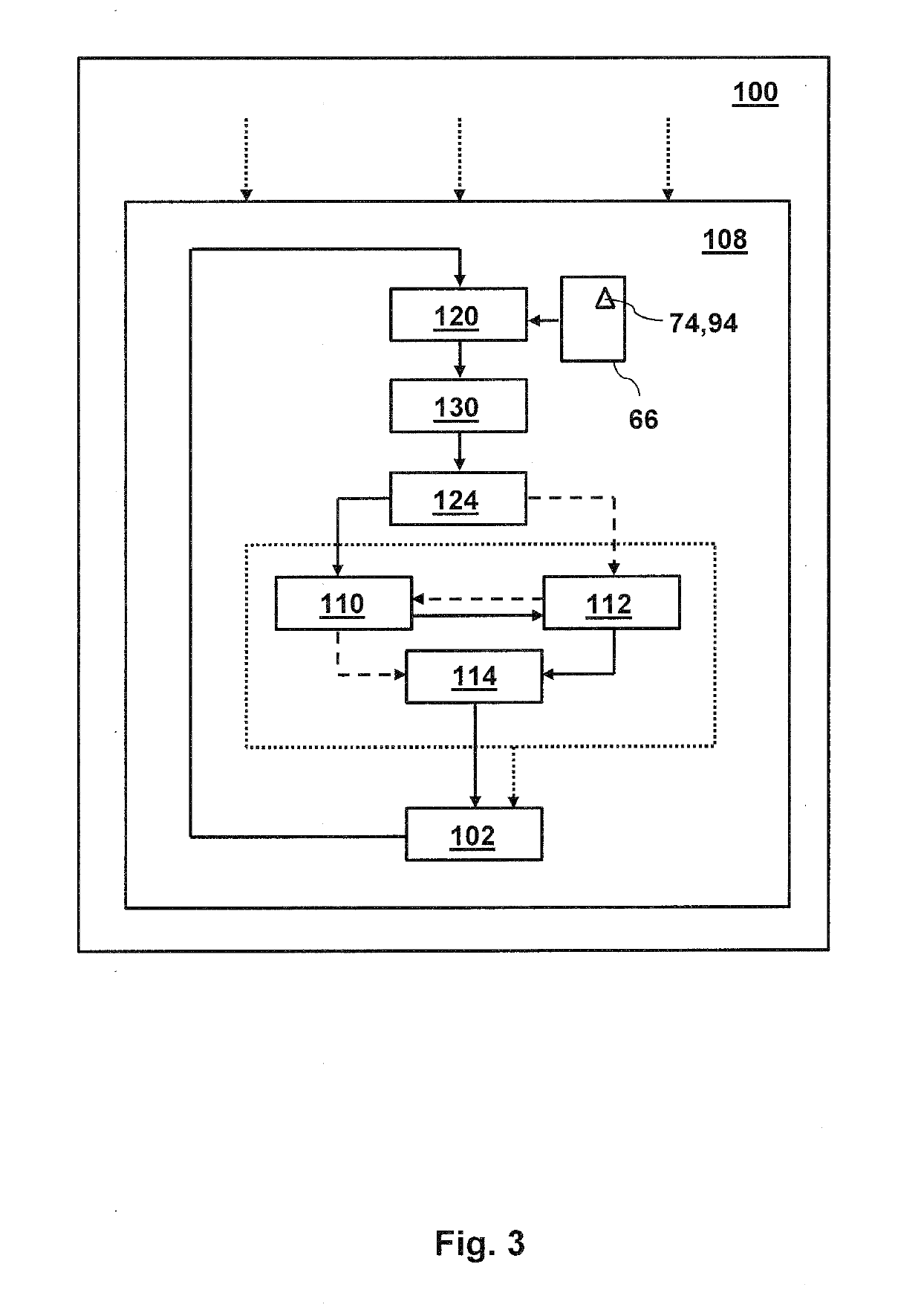Model construction in a neural network for object detection
a neural network and object detection technology, applied in image analysis, climate sustainability, instruments, etc., can solve the problems of complex data preparation and configuration of networks, standardized training data implementation of pre-trained models, and pcs and graphics processing units (gpus) are required, so as to reduce cost and time, efficient perform complex data analysis, and reduce time and cost
- Summary
- Abstract
- Description
- Claims
- Application Information
AI Technical Summary
Benefits of technology
Problems solved by technology
Method used
Image
Examples
case 1
Further Aspects to
[0105]The users may choose that 20% of the images are reserved for an image verification batch and thus, the remaining 80% of the images comprise the image training batch. The image verification batch may be used to test the accuracy of the constructed model.
[0106]Through the training of the collective model variables and as the intermediate models are constructed, the accuracy of an intermediate model may be tested by use of the verification batch. Thereby the accuracy of the model may be made available to the user. Furthermore, the neural network may suggest whether the model should be further improved or if simplifications may be done to the training.
[0107]As a further training of both the “third version” and the “fourth version” model the respective second and third user may add and annotate new images with imaged insulators. These imaged insulators could be previously known insulators or a new class unknown to the system.
case 2
[0108]A user loads a satellite image map of Greenland. The user marks polar bears x number of times. The system can now detect polar bear locations and the total number of polar bears.
case 3
[0109]A user adds one or more thermal images of central heating pipes for a given area. The user specifies 5 classes each representing the severity of a leak. After marking these classes the system can now identify leaks with a 1-5 severity degree. In this case the present disclosure is used for object detection of objects where the object classes consist of fault classes.
PUM
 Login to View More
Login to View More Abstract
Description
Claims
Application Information
 Login to View More
Login to View More - R&D
- Intellectual Property
- Life Sciences
- Materials
- Tech Scout
- Unparalleled Data Quality
- Higher Quality Content
- 60% Fewer Hallucinations
Browse by: Latest US Patents, China's latest patents, Technical Efficacy Thesaurus, Application Domain, Technology Topic, Popular Technical Reports.
© 2025 PatSnap. All rights reserved.Legal|Privacy policy|Modern Slavery Act Transparency Statement|Sitemap|About US| Contact US: help@patsnap.com



